How Intercoolers Add Power And Why You Need One
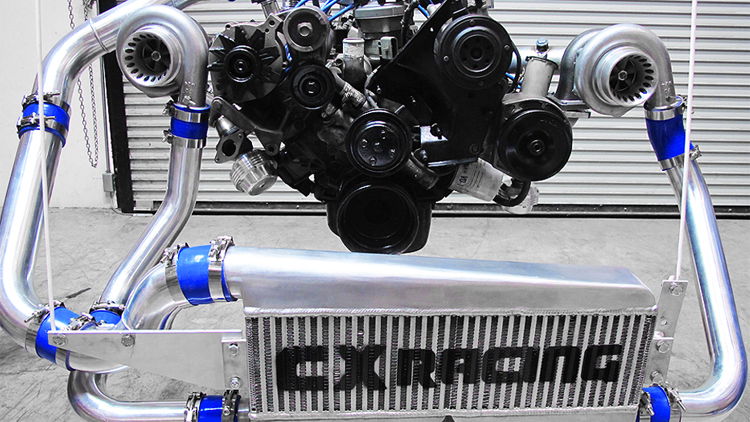
Keeping a car cool seems a simple process from a mechanical point of view; slap a huge radiator on it, add some piping and fill it up with water. As long as the temperature gauge stays low enough, it’s all good. But there is a large amount of thermodynamic trickery going on behind the scenes that keeps a car within its safe-working temperature threshold. A heat exchanger can also be put to use in another way however. If engineered and placed properly, the right heat exchanger can add significant performance to an engine. Intercoolers do just that and can be used in a few different combinations to help produce more horses.
Before we delve into the ins and outs of intercoolers, take a look at my piece on cooling systems to provide some background reading.
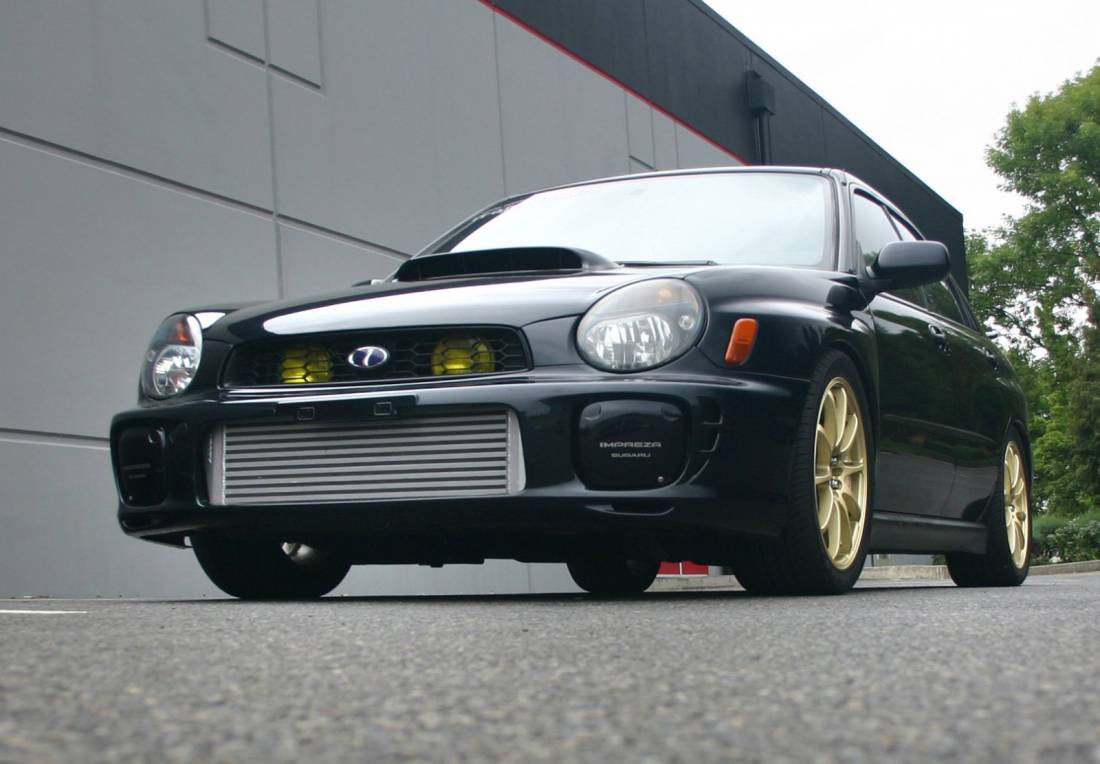
An intercooler is what is called a cross-flow heat exchanger, as the cooling fluid removing the heat (the air) is moving at ninety degrees to the warm fluid (the air, water or oil). The interaction of these fluids is accomplished by the use of tubes and fins within the intercooler. Hollow tubes travel along the length of the heat exchanger and are used as channels for the warm fluid to make its way from the inlet, through the intercooler and then to the outlet once it is sufficiently cooled.
The real cooling happens through the use of the fins however, which cover the surface area of the intercooler. Aligned in a corrugated fashion, they allow for the surface area of the heat exchanger to be maximised so that heat can be dissipated to the surroundings as efficiently as possible.
Put simply, intercoolers take warm air entering your engine and make it colder through heat exchange. The rules of thermodynamics state that the larger the temperature difference between the inlet air through the manifold and the temperature of combustion within the cylinder, the more energy is converted through the combustion. So a colder intake means a bigger temperature difference and therefore more power.
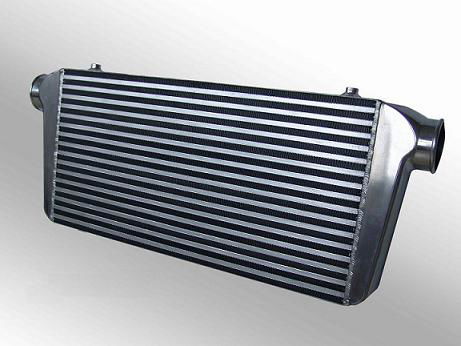
The most effective use of an intercooler happens to be when installed on a turbocharged or supercharged vehicle, where the inlet air will be made too warm by the turbocharger or supercharger spooling up if left otherwise. Using yet more thermodynamic principles, if a fluid is increased in pressure, the temperature of that fluid also increases. Therefore, the boost pressure of a turbocharger suddenly increases the inlet air pressure and temperature which, if not cooled, will lead to a lack of engine efficiency.
To combat this, an intercooler is placed between the turbocharger and the inlet to the engine so that the air can be sufficiently cooled in time for it to enter the cylinders and interact with the incoming fuel. Without an intercooler performing this job, the warm air from something like a supercharger would create a breeding ground for pre-ignition. This means that fuel is combusted too early in the engine cycle, reducing the engine’s efficiency and power along with possibly causing damage.
There are two main types of intercoolers:
Air-To-Air Intercoolers
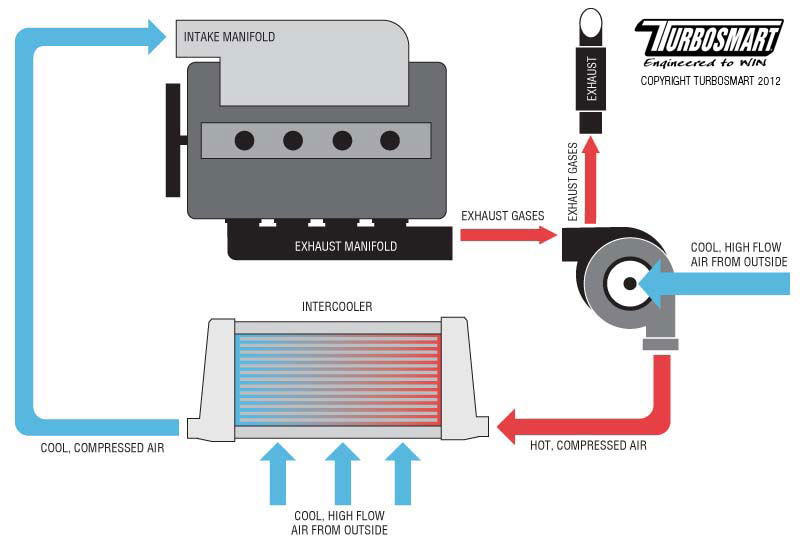
These seemingly simple intercoolers use a colder airflow to cool a warm flow of turbocharged air before it enters the cylinders to be mixed with fuel. Using channels that travel horizontally across the intercooler, air passes from the turbo outlet through to the intercooler inlet where it is cooled by an outside airflow. This cooling airflow interacts with fins of the heat exchanger to dissipate heat away from the induction airflow to the surroundings.
These intercoolers essentially increase the density of the air entering the cylinders, creating more power as the engine has more air molecules to work with and combust. Much in the same way that a small amount of power is gained when it’s cold outside, an intercooler essentially simulates a colder ambient temperature of the incoming air while keeping the high pressure gained from the forced induction.
Air-to-air intercoolers do not need any pumps and therefore do not sap any energy from the engine or other components on the car. Disadvantages however come in the shape of the lack of control over the intercooler’s performance. An air-to-air intercooler only works efficiently if the airflow to the fins and tubes is cold and constant, otherwise its thermodynamic abilities dramatically reduce. This means that the placement of the intercooler itself is vital and can cause many headaches in terms of routing the necessary plumbing. To produce some form of safety factor, air-to-air intercoolers are often relatively large in size to maximise the surface area for cooling.
Air-To-Water Intercoolers
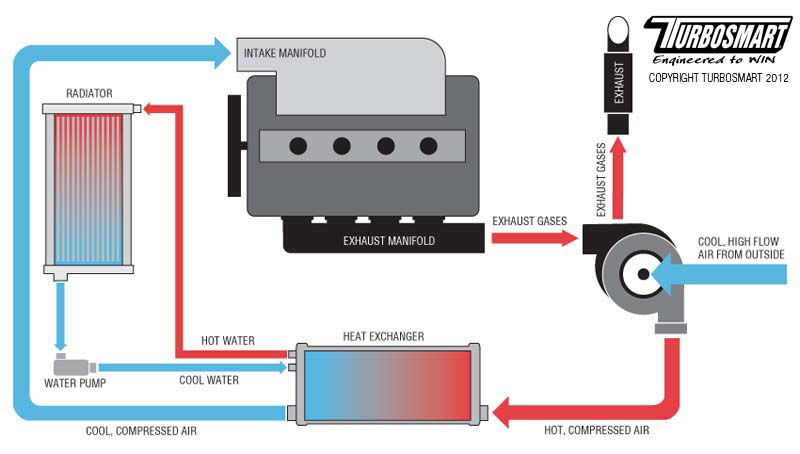
These systems are slightly more complicated but follow the same main ideas. With a heat exchanger placed in front of the inlet manifold, the warm inlet air is cooled instead by water flowing through the intercooler’s tubes. The thermal conductivity of water is much higher than that of air which means heat is transferred much more efficiently. The warm water that has been heated from the ‘induction’ intercooler can then be pumped around to its own little heat exchanger where it is cooled by cold air just like a car’s main radiator.
A water-to-air intercooler can be placed anywhere in the engine bay, with most manufacturers placing it as close to the inlet manifold as possible to ensure the air doesn’t have a chance to heat back up before it reaches a cylinder. The only placement dilemma comes in the form of the water-cooling heat exchanger that needs cold airflow to function efficiently. Unfortunately, this also means that this type of intercooler needs a water pump, a fluid reservoir and the relevant piping for the water to navigate its way around the system.
Positioning
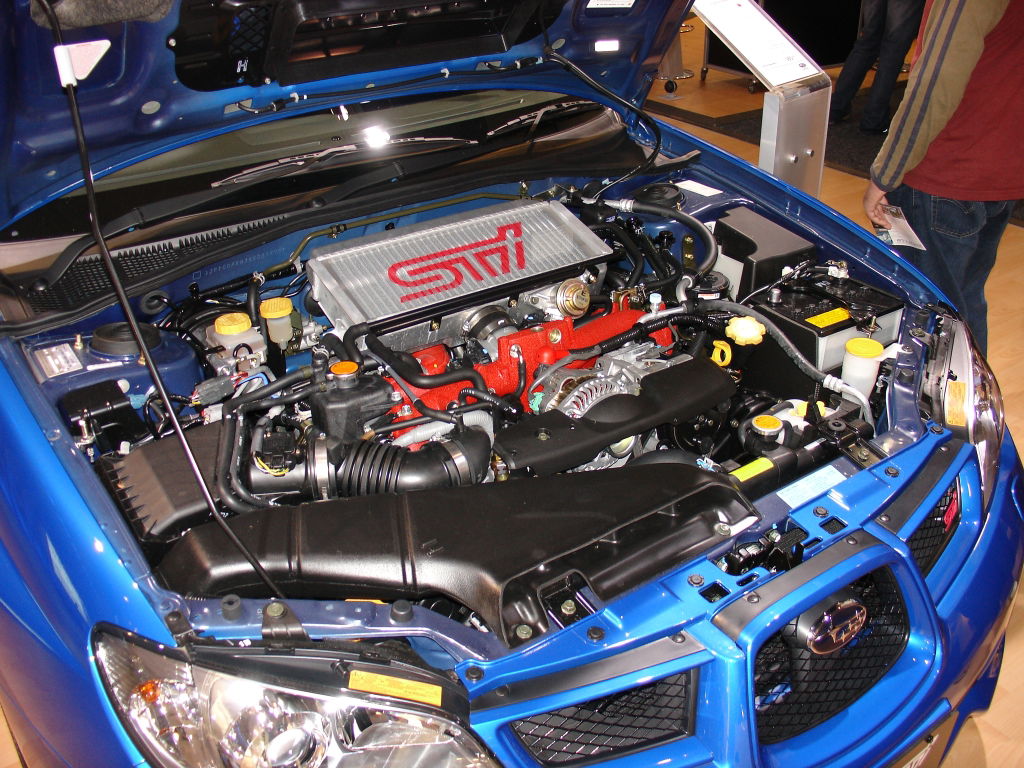
Most intercoolers need to be placed in an area where air flow is fast, smooth and cool. It’s no good slapping a heat exchanger in the depths of the engine bay where the ambient temperature is far too hot for any real heat exchange to occur. This is why front-mounted intercoolers are the most popular method of placement.
Either positioned in front of the radiator or within a side grill of the front-end, an intercooler should always receive cold and undisturbed air to maximise the temperature difference between the hot and cold fluids. If space is at a premium, manufacturers will often create large air scoops in the bonnet (Subaru Impreza WRX STI, Mini Cooper S) so that the intercooler can be placed anywhere in the engine bay and still have a sufficient air supply.
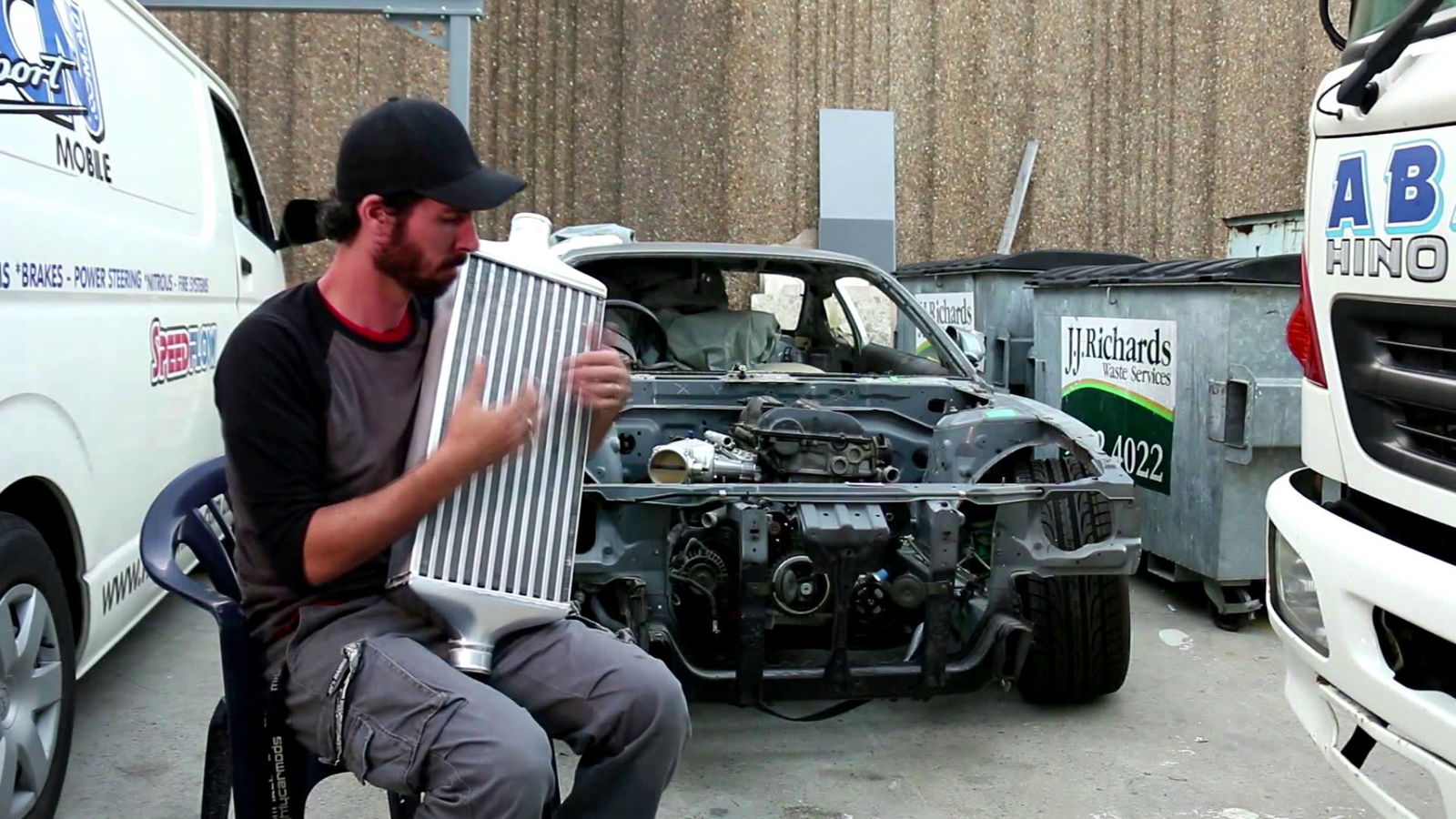
Although they can be a massive hassle to implement into a engine and powertrain system, intercoolers hold the key to effective forced induction through their air cooling capabilities. An intercooler engineered to the correct size could unlock precious power from an engine and with almost every car manufacturer downsizing and turbocharging, expect to see many of the heat exchangers under the bonnets of your future cars. They may almost seem like a vulgar fashion accessory in the modified car scene, but function very much transcends form in this instance.
Comments
Now the question is.. Why does my 911 in Pixel Car Racer does not have a turbo, yet it gains power if I add an intercooler
Great article, thank you! I always found intercoolers one of the sexiest car parts, but didn’t know they do this much!
they’re interCOOLers
Well… this is a pretty cool article… I’ll go back to my cave now…
Let’s see those intercooled N/A engine
Cool article, learned alot about cooling now
Plus they look f*cking rad.
My car has the Water to Air intercooler, and from what i read, it seems more efficient and better engineered, but it doesn’t look as cool as an air to air fmic slapped up front :P
I’ve always thought, why not just cool the turbo directly?
it’s Looks More Powerfull !
Pagination